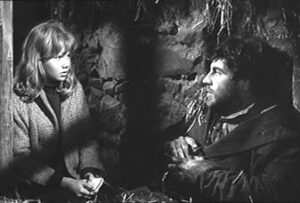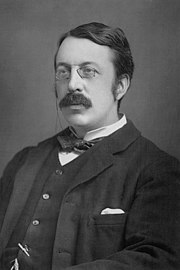
And they are: Eric Whitacre, one of today’s most popular American composers of classical choral music, and Octavio Paz, Nobel-Prize-winning poet, essayist and diplomat. Quite a team!
Let’s start with Paz and his poem. While the title’s translation from the original Spanish is typically rendered as “A Boy and a Girl,” I ran into an interesting blog post that had this to say:
As a side note, the title “Los Novios” is very difficult to translate into English without losing something. The word “novio” means a boyfriend or a romantic partner and comes from the Latin novus, or new. The feminine form “novia” means the same thing, and in Spanish, if there are multiples in a group consisting of females and males, the plural word takes the masculine plural. While “los novios” could be translated as “the boyfriends,” context here is clear that it is the sum of a boyfriend and a girlfriend and not some sort of homoerotic message. Because “The Boyfriend and the Girlfriend” is an awkward title, I took the liberty of translating the title as “The Lovers,” which seems to me to capture the essence of what Paz was trying to convey. (from “The Lovers”: A New Translation of Octavio Paz’ “Los Novios”)







 This is another one of those endlessly variable folk songs with about a hundred verses. You might ask, though, “Okay, but who’s the ‘she’ who’s comin’ round the mountain?” Good question. I originally made an assumption here, thinking that this was a literal woman, but she’s not that in the original at all. Guess what ‘she’ actually is? A chariot. That’s right. This song is drawn from a spiritual about the Second Coming of Christ, and the “she” refers to the chariot that “King Jesus” will be riding. As with many spirituals, though, there may be an underlying meaning about freedom and the Underground Railroad.
This is another one of those endlessly variable folk songs with about a hundred verses. You might ask, though, “Okay, but who’s the ‘she’ who’s comin’ round the mountain?” Good question. I originally made an assumption here, thinking that this was a literal woman, but she’s not that in the original at all. Guess what ‘she’ actually is? A chariot. That’s right. This song is drawn from a spiritual about the Second Coming of Christ, and the “she” refers to the chariot that “King Jesus” will be riding. As with many spirituals, though, there may be an underlying meaning about freedom and the Underground Railroad.
